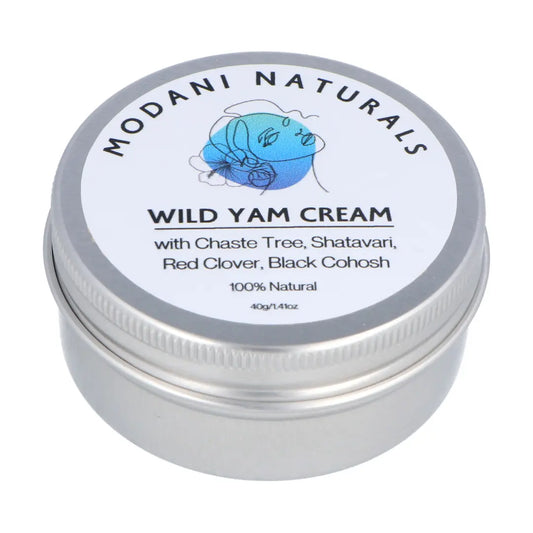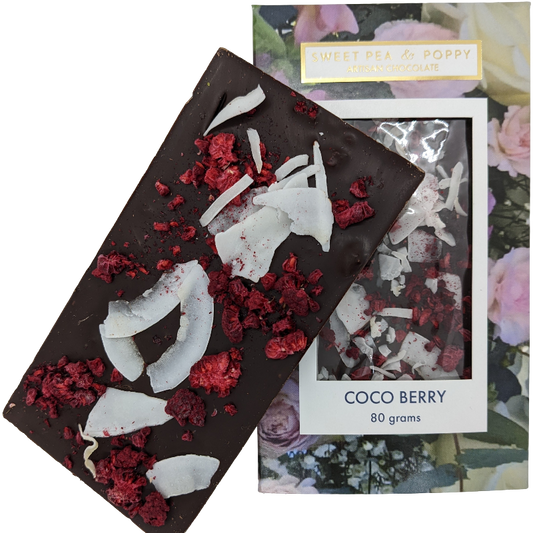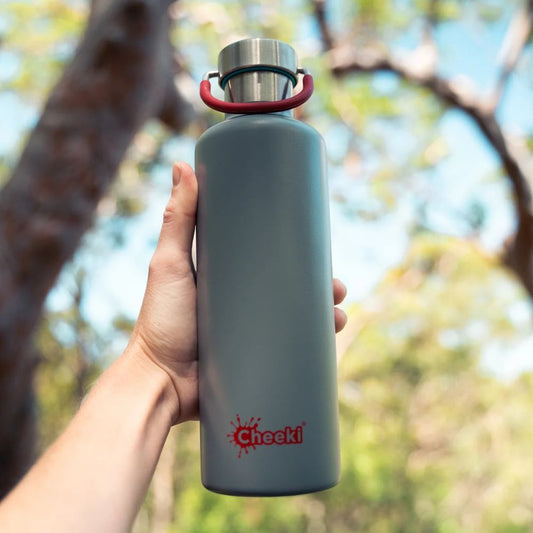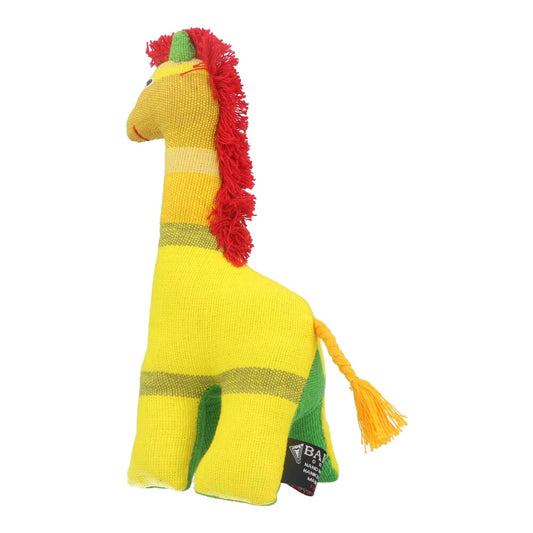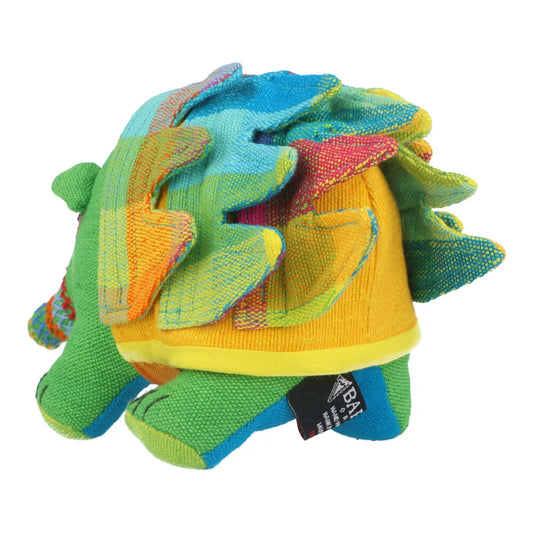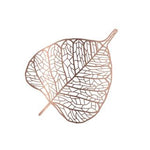"I can't speak highly enough of the Urban Composter system. We moved into a newly built house a few years ago and I wanted a compost system that would work with a new baby in tow (not too complicated, no heavy lifting). I got the small bucket for the kitchen and we spray pretty regularly with the compost accelerator, generally we go two weeks before it's truly full and needs burying in the veggie patch. The microorganisms in the accelerator spray break those food scraps down like you wouldn't believe, I just buried the bucket contents around in successive holes and it would be increasingly rich earthy loamy soil when I got back to the site of the first buried scraps. The spray lasts for ages, 3 years later I'm only now thinking about buying my second refill bottle, original spray bottle and bucket still going fine. Veggie patch is producing well and I get occasional surprise vegetables from seeds from the scraps (so maybe don't dig it in where you don't want random pumpkins for example)."With so many of you interested in bokashi style composting, we've answered your most frequently asked questions all in one place. So read on for everything you've ever wanted to know about bokashi composting.
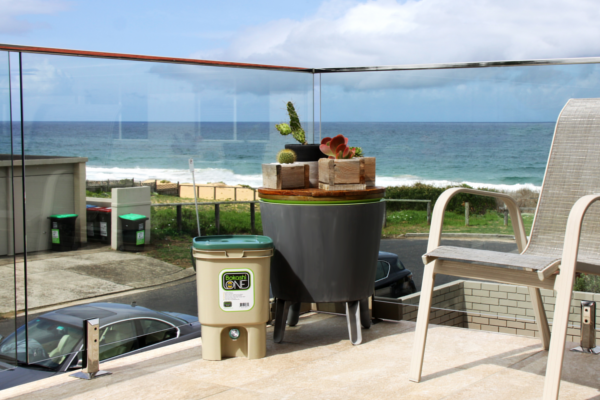
What is a bokashi bin?
A bokashi bin is a small composting bucket designed to transform your food waste into nourishing compost and soil builder. It is small enough to fit in your kitchen or in another convenient area in your home. It doesn't smell, doesn't attract insects, is easy to use and will help you reduce the amount of food waste sent to landfill.How are the Bokashi One and Urban Composter systems different?
The main difference between the Bokashi One and the Urban Composter is the size of the bucket and the carrier mix used. Both systems feature a plastic bucket with a lid, a grate at the bottom of the bucket, and a tap. Size- Bokashi One holds approx. 19L of food waste
- Urban Composter holds approx. 16L. OR, there is a smaller 6L City style
- Bokashi One is a sawdust/grain and uses a specially designed Bokashi One micro-organism mix made up of lactic acid bacteria, yeasts, photosynthetic bacteria, actinomycetes and fungi.
- Urban Composter is a liquid spray and uses cultures of EM-1 (Effective Microorganisms).
How do you use a bokashi bin?
A bokashi bin is very easy to use. The same process applies to the Bokashi One and the Urban Composter bins. Remove the bokashi bin lid and add food waste. For every 1 cup of waste, sprinkle 1 tablespoon of Bokashi One mix or 3-5 sprays of Urban Composter accelerator spray before replacing the lid. Put the lid back on the bin and ensure it is closed properly and tightly. Each time you add more waste to the bin, press the layers down using something like a potato masher or cup. It is important to keep as much oxygen out of the matter as possible. Regularly drain the bokashi juice from the tap (you should be able to start draining juice within one week of adding waste). You can use the diluted juice to fertilise plants - 2 teaspoons of juice for every litre of water (do not store for more than a day or so). You can also use the juice undiluted to keep drains clear. Repeat this process until the bokashi bin is full. Once your bin is full, the waste is ready to be buried. If you have two bokashi buckets, begin the process again in your second bucket, and leave the contents of the first bucket to continue to ferment for another few weeks before burying. Continue to drain off the bokashi juice regularly.
How do you bury the waste?
To bury the waste, dig a hole in your garden. The hole only needs to be 20-25cm deep. The compost is acidic when it is first buried, but neutralises after 7-10 days. It is best to wait 2 weeks before planting.
If you live in an apartment or unit without a garden, read more here our ideas for apartment composting.
Do I need to wash my bokashi bin?
Wash your bokashi bucket out after each use using a natural cleaner or plain water. If you use a cleaner, be sure to rinse well with water, as residue may impact the bokashi grain or spray in the future. Harsh chemical cleaners are not recommended.
What can I put in a bokashi bin?
You can put all food waste in the Bokashi One bin and Urban Composter, excluding large bones, liquids and already mouldy food. All fruit and vegetable scraps, citrus, meat, fish, dairy, eggs, bread, plastic free tea bags and packaged food can be added.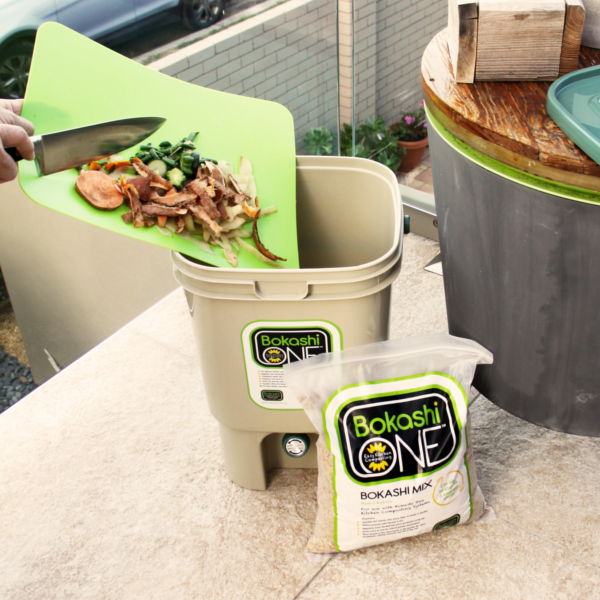
What is the bokashi mix made of?
Bokashi One uses a specially designed Bokashi One micro-organism mix made up of lactic acid bacteria, yeasts, photosynthetic bacteria, actinomycetes and fungi. It looks like sawdust or grain. Urban Composter contains cultures of EM-1, the original patented EM technology invented by Japanese Professor Teruo Higa. Urban Composter's spray is vegan.How much bokashi mix do I use?
For every one cup of waste, add one tablespoon of Bokashi One mix or 3 to 5 sprays of Urban Composter accelerator spray. It is better to use too much over too little.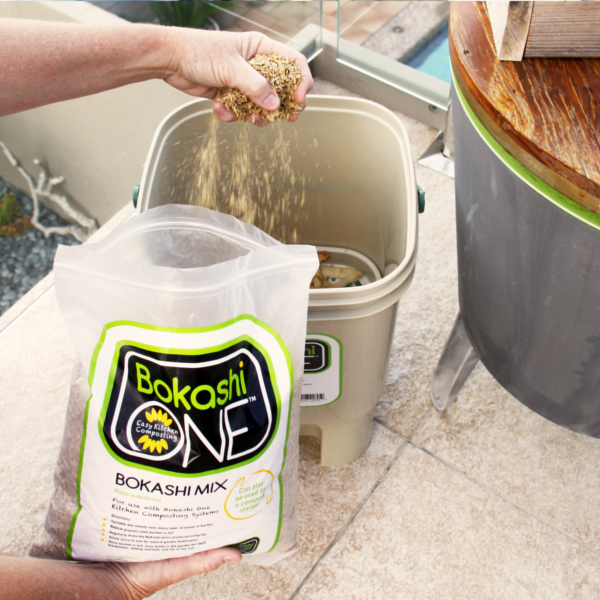
How long does the bin take to fill up?
That depends on how big your household is and how much food waste you generate. A family of four who is fairly conservative when it comes to food waste might take around 3 to 4 weeks to fill their bokashi.Does waste compost inside the bin?
The waste does not break down in the bokashi bin. The waste in the bin is fermenting and will reduce in volume as it loses water content. The complete breakdown of the waste and the compost process occurs when it is buried in the soil.
Does a bokashi bin smell?
It won't smell with the lid on securely, so you can keep it in the house without any problems. When you open the lid the waste will produce a sour smell, similar to what a pickle or cider vinegar smells like. Some people find it unpleasant, but others don't. It shouldn't be a putrid smell. If it smells really 'off' or putrid it's time to remove the waste, bury it in the garden, clean out the bin and start again. A batch going putrid and smelling really bad is more to do with the contents, weather, human error (too little microbes, not airtight, not draining off liquid), and luck. It is important not to let the liquid sit in the bottom of the bokashi for a long time. You might find you need to empty it every few days, especially during warm weather. If you leave the liquid sitting for a long time it may turn putrid.Will it attract insects and mice?
Ensure the bokashi lid is on securely at all times and drain the liquid frequently to avoid attracting insects and mice. If you're using Bokashi One grain, store it in an airtight container with a secure lid. When you bury the waste in your garden, the deeper you bury it the better, as rodents will dig! We recommend it is covered properly with at least 20cm of soil.Is a bokashi bin easy for kids to use?
A bokashi bin is an easy way to introduce composting and gardening to kids. While they may need an adult to remove and replace the lid on the bin, kids can still add food scraps and the bokashi mix or accelerator spray, help bury the waste, drain the liquid and fertilise plants.What can you use the bokashi liquid for?
There are two ways to use the bokashi juice:- Fertilise plants: Use 2 teaspoons of juice for every litre of water.
- Keep drains clear: Pour the liquid down the drain. The beneficial bacteria present in the liquid will work to keep drains clear.
How often do I have to drain the liquid?
It is important not to let the bokashi juice sit for too long. You might find you need to drain the liquid several times a week. In warmer weather you might also notice that your bokashi bin produces more juice.What should the bokashi liquid be like?
The bokashi juice will be an orangey colour and will smell fruity or like vinegar. It will have white fungal threads floating in it or have a thin white coating. Putrid smelling juice should not be used to fertilise plants, and it is best to dispose of this juice by pouring it down the drain. It will work to keep drains clear.Will a bokashi bin fit under my sink?
That depends on whether you get the Bokashi One or one of the Urban Composters and how much room you have under your sink. You can see the different sizes below. From left to right:- Urban Composter City: 6L, 26cm high
- Regular sized Urban Composter: 16L, 40cm high
- Bokashi One bucket: 19L, 45cm high

Can I keep my bokashi bin outside?
You can keep your bokashi bin outside in a cool, shaded spot out well out of the sun.White mould or fungi is growing in my Bokashi bin - should I be concerned?
A white cotton like fungi on the top of your Bokashi waste is a sign that the process is working well. It shows that the microbes are doing their thing and the fermentation is taking place as it should. There is no need to be concerned about this. Do watch out for black or very dark coloured mould though. This is not a good sign and you will need to start again. Dig a hole and bury the scraps, wash the bucket out well with a natural cleaner and start again. You will need to wait several weeks before planting where you buried these scraps.What if it leaks?
Regarding leaks - there is only one place they can leak from and that is around where the tap screws into the plastic bin. Aside from that, the bin itself is a solid plastic mold. Usually those leaks are solved with screwing the tap and washer in properly. Occasionally it may be a faulty tap, in which case it is replaced.Do the lids seal well?
Both bins seal well and are long lasting when used with care. The Bokashi One bin lids are a more supple plastic and have occasionally split after long use, however we have replacement lids available for purchase. If it was to split in the first year we would replace it. As with everything, just take care with lifting the lid carefully, and not 'ripping' it up.How do you empty a Bokashi bin?
Dig a hole in your garden approximately 20-25cm deep. In an established garden, dig around plants keeping away from the roots of young plants. Tip the waste in the hole and cover it up with soil. The compost is acidic when it is first buried, but neutralises after 7-10 days. It is best to wait 2 weeks before planting.I don't have a backyard or a garden to bury the waste in, what can I do?
If you have a balcony, bury the waste in a pot plant container or a large tub with soil inside. Cover it with soil or potting mix and in a few weeks it will have turned into even more nutrient rich potting mix. Plant herbs or veggies in the pot a few weeks after you have buried the waste. Alternatively, ask a neighbour, family member, friend or community garden if they would like your bokashi waste.
Find more tips here for apartment composting.
What if I don’t have a compost heap in my backyard?
You don't need a compost heap outside. Simply bury the waste in your garden. If you don't have a garden, ask a friend or relative or a community garden if they would like your bokashi waste to condition their soil.Does a bokashi bin actually work?
Yes! Using a bokashi bin is an easy and efficient way to reduce the amount of food waste your household sends to landfill and create a valuable soil conditioner and fertiliser in the process. And if you follow the instructions above, you will be on your way to creating a successful ferment in no time.How many bokashi bins will my household need?
Keep in mind that once the bokashi bin is full, it will need to ferment for a couple of weeks before it can be buried. During that time you won't be able to add waste to it. Considering this, at least two bins per household is ideal. That way you can have one in use while the other ferments for a couple of weeks. If you have a big household or produce a lot of food waste, you may need three.Can I add pet waste to my bokashi bin?
No! No pet waste is allowed in your household bokashi bin. Use the EnsoPet bokashi pet waste system for pet waste. Dog, cat, rabbit and guinea pig waste can be added to the EnsoPet system, and it will quickly break down.


